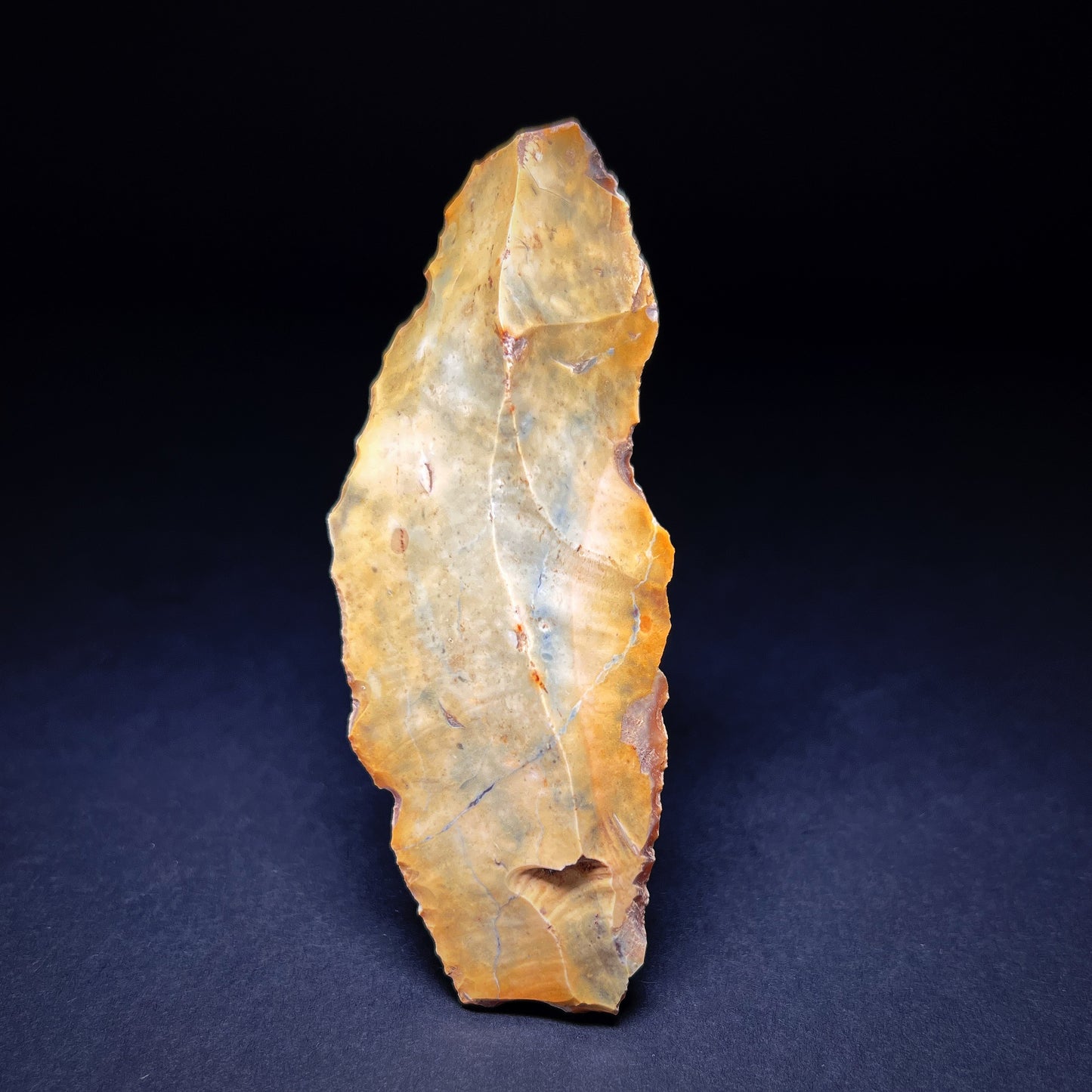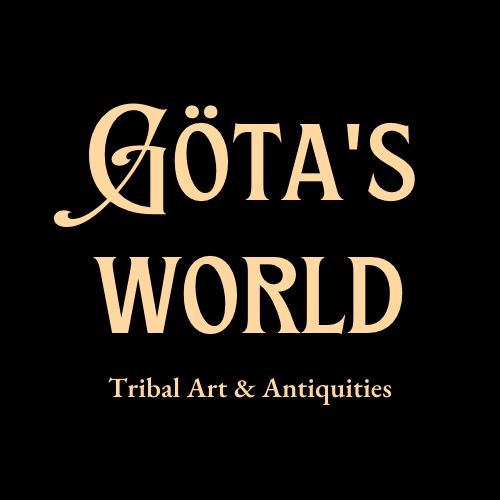Danish Mesolithic Period Flint Knife Blade
Danish Mesolithic Period Flint Knife Blade
Couldn't load pickup availability
Ertebølle Culture, c. 5400–3950 BC, Denmark
An elegant and exceptionally sharp flint knife blade from the late Mesolithic Ertebølle culture of Denmark. This long, slender blade—often referred to as a “two-edged flint knife”—was struck from a carefully prepared stone core, producing symmetrical cutting edges that remain razor-sharp even after 6,000 years.
Blades like this were indispensable tools, used for butchering game, preparing food, shaping tools and weapons, and working with wood, bone, and hide. The symmetry, precision, and edge refinement highlight the advanced flint-knapping techniques practiced by the Ertebølle people.
The Ertebølle culture, flourishing around the Limfjord in Northern Jutland, represents the final chapter of the Mesolithic era in Denmark. These semi-nomadic communities settled along coastal headlands, rivers, and inlets, thriving on fishing, hunting, and gathering in the rich landscapes of prehistoric Scandinavia.
Their enduring legacy includes the massive kitchen middens—shell heaps composed largely of oyster remains—attesting to their long-term seasonal settlements and sustainable harvesting methods. They were also expert boatbuilders, navigating the fjords in paddled dugout canoes, and developed a robust material culture using flint, bone, antler, wood, and early pottery tempered with sand.
This exquisite flint blade is a powerful testament to their daily life, skill, and ingenuity—an artifact crafted for function, yet striking in form. Shortly after 4100 BC, the Ertebølle culture gave way to the Neolithic Funnelbeaker culture, marking the dawn of farming societies in the region.
Moderate condition. Surface wear and abrasions commensurate with age, nicks and chip, with fading to some finer features. Size approx. 10,0cm x 3,8cm x 0,9cm.
Provenance: Danish private collection.
References and further reading:
Europe's First Farmers – T. Douglas Price, University of Wisconsin, Madison, Cambridge University Press, 2000 (http://assets.cambridge.org/97805216/62031/ sample/9780521662031ws.pdf)
Inland Ertebølle Culture: the importance of aquatic resources and the freshwater reservoir effect in radiocarbon dates from pottery food crusts, Bente Philippsen & John Meadows, Internet Archaeology (doi:10.11141/ia.37.9)


-
Shipping
The shipment will be prepared in the course of 3-5 days and dispatched via Posti Group Oyj or purchased item(s) can be picked up from our shop during the store's opening hours (Tarkk’ampujankatu 4, 00140, Helsinki, Finland). Within the Finland, all items are shipped via Posti Group Oyj unless otherwise requested. We pack the items carefully and mainly in recycled materials because we want to save nature. You will receive the tracking number for your items by e-mail.
-
Returns
Returns and exchange will be accepted within fourteen days (14) of receipt at the purchaser’s cost to include freight and packaging. Items must be returned in the same condition as when they were shipped, and will not be accepted if damaged or altered in any way. Please inform us via email (info@gotanmaailma.fi) or by calling +358408408352 before sending. We do not accept returns more than 14 days after delivery.


